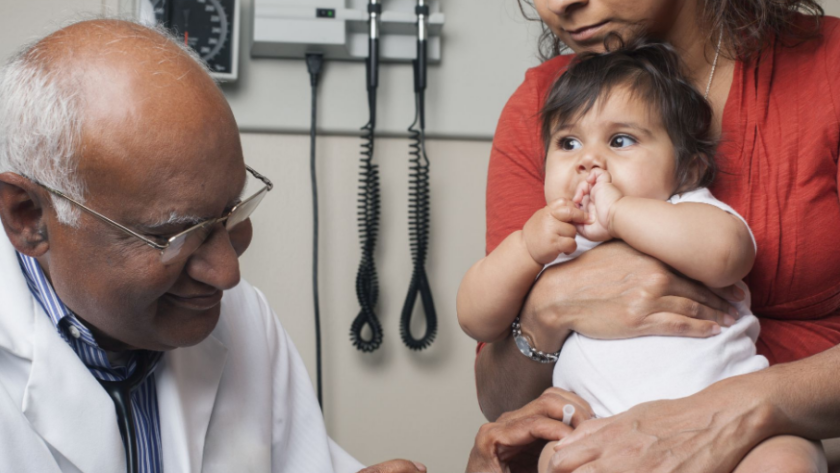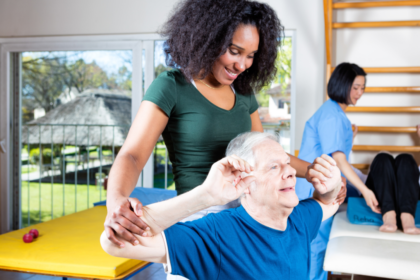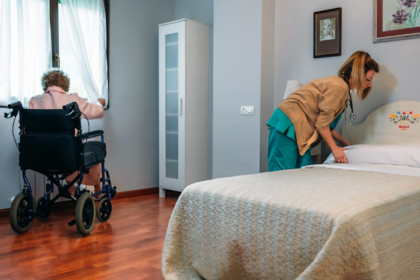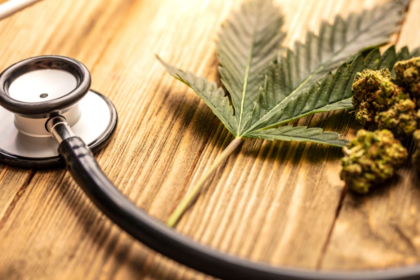A family doctor, also known as a primary care physician or a General Practitioner, is a medical doctor who treats a wide range of common illnesses and provides preventive care and health education to patients of all ages.
While family doctors used to be the go-to doctor for everything, that is no longer the case. With the rise of specialists, family doctors are now more focused on managing chronic illnesses and providing preventative care.
If you are considering becoming a family doctor, here is everything you need to know about the role, from the education required to the day-to-day responsibilities.
The role of a general practitioner
A general practitioner (GP) is a doctor who provides primary care to patients of all ages. GPs are usually the first point of contact for patients when they have a medical problem, and they play a key role in coordinating a patient’s care.
GPs must be able to identify and treat a wide range of conditions like Obstetrics in Murwillumbah, and they often work with other health professionals to ensure that a patient receives the best possible care. GP practices are usually located in the community, and GPs often have a close relationship with their patients.
The work of a GP
The work of a general practitioner (GP) is extremely important in the NHS. They are the first point of contact for patients with health problems, and they provide a range of services, including diagnosis and Best treatment, as well as health advice and referrals to specialist services.
GPs play a vital role in the prevention and management of illness, and they also play an important role in promoting health and wellbeing. They do this by offering advice on healthy lifestyle choices and by providing vaccinations and other preventive treatments.
GPs are also responsible for the continuity of care for their patients. This means that they provide ongoing care and support for patients with chronic illnesses, as well as those who have recently been discharged from the hospital.
GP practices are usually based in GP surgeries or health centers. They are staffed by GPs, nurses, and other health professionals.
The challenges of being a GP
There are many challenges that come with being a General Practitioner. You have to deal with a variety of patients, from young children to the elderly. You also have to be able to handle different types of medical conditions, from the common cold to more serious illnesses. In addition, you have to deal with the administrative side of things, such as insurance paperwork and scheduling appointments.






